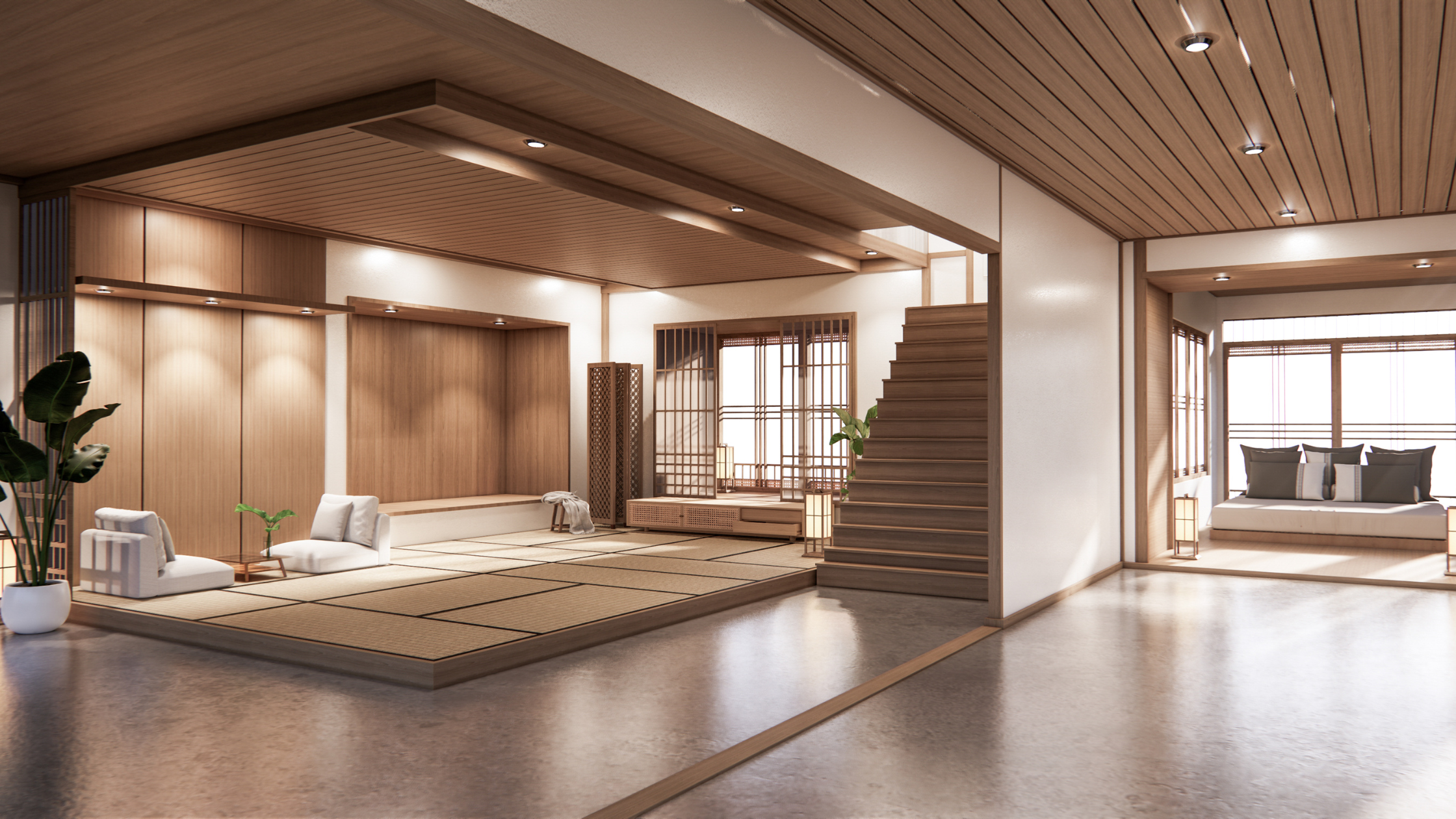Interior Design Course Career Paths You Can Pursue After Certification

Completing an Interior Design Course in Bangalore is a major milestone — but it’s only the beginning of a rewarding journey. The skills you gain during your certification open the door to a wide array of career paths, each with its own style, pace, and purpose. Whether you’re someone who loves styling beautiful homes, designing sleek office spaces, or dreaming up entire showrooms, there’s a path that matches your vision and strengths.
In this article, we’ll explore some of the most popular and promising career options you can pursue after completing an interior design certification.
1. Residential Interior Designer
One of the most common career paths for interior designers, residential design focuses on creating beautiful, functional living spaces. As a residential interior designer, you work closely with homeowners to bring their personal style to life — whether through furniture selection, layout planning, or color schemes.
This role is perfect if you love personal interactions, are empathetic to clients’ needs, and have a good eye for home aesthetics. Residential projects often allow for high creativity, emotional impact, and strong client-designer relationships.
2. Commercial Interior Designer
While residential designers work on homes, commercial interior designers handle public or business spaces like offices, retail stores, hotels, and restaurants. The primary goal here is to create an environment that enhances the user experience while serving a practical purpose, often with a strong branding element.
Commercial design tends to be more technical, requiring knowledge of codes, space optimization, and large-scale planning. It’s an ideal path for designers who are both creative and strategic thinkers, and who enjoy working on high-impact, high-traffic environments.
3. Interior Stylist or Set Designer
If you’re drawn to aesthetics and visual storytelling, styling might be your ideal niche. Interior stylists work on photo shoots, real estate staging, magazine spreads, show homes, or movie sets. This role emphasizes surface-level visual impact — arranging furniture, choosing accessories, and ensuring the space looks picture-perfect.
It’s a fast-paced and creative career that rewards attention to detail, trend awareness, and the ability to work under tight deadlines.
4. Furniture or Product Designer
Some interior design graduates gravitate toward furniture or product design — creating pieces that are both beautiful and functional. You’ll work with materials, ergonomics, and manufacturing techniques to design chairs, tables, lighting fixtures, and storage solutions that enhance interior spaces.
This role combines design thinking with craftsmanship and suits individuals who love hands-on creation and product innovation.
5. Lighting Designer
Lighting plays a crucial role in the mood and functionality of a space. A lighting designer specializes in planning and executing lighting systems for interiors — from ambient home lighting to commercial mood lighting.
This niche combines technical understanding (wiring, fixtures, efficiency) with a flair for dramatic and functional design. Lighting designers are increasingly in demand in luxury homes, restaurants, art galleries, and event spaces.
6. Sustainable Interior Designer
Sustainability is more than just a buzzword — it’s a growing necessity. As a sustainable interior designer, you focus on using eco-friendly materials, improving energy efficiency, and minimizing waste in design practices.
From bamboo flooring to reclaimed wood furniture, this role is ideal for designers who are passionate about the environment and want to create spaces that are both stylish and responsible.
7. Exhibition & Event Space Designer
Want to work on temporary but high-impact spaces? Exhibition and event designers specialize in creating stalls, booths, pop-up shops, and event interiors. These spaces must be visually striking, practical, and often modular.
This is a fast-paced career suited to designers who enjoy working on diverse projects with tight deadlines — and who thrive in dynamic environments.
8. Visual Merchandiser
Visual merchandisers work closely with retail brands to design store layouts and window displays that attract customers and increase sales. This role combines interior design with marketing and consumer psychology.
If you’re fascinated by brand storytelling, trends, and customer behavior, visual merchandising offers a unique blend of creativity and commerce.
9. Freelance Designer or Studio Owner
After gaining experience, many interior designers venture into entrepreneurship. As a freelancer or studio owner, you’ll have creative freedom, direct client relationships, and the flexibility to choose projects you love.
Of course, this path also requires business skills — from budgeting and marketing to managing timelines and client expectations. It’s ideal for self-motivated individuals who want to build their own brand.
10. Design Tech Roles: CAD/3D Visualizer
With design software playing a crucial role in modern interiors, many certified designers branch into technical roles such as:
-
CAD Draftsperson
-
3D Visualizer
-
BIM (Building Information Modeling) Assistant
These roles focus on translating design ideas into technical drawings and visual representations. If you’re tech-savvy and enjoy working on the digital side of design, this is a highly marketable path.
Choosing the Right Career Path
When considering your next step, reflect on the following:
-
What environments energize you — homes, businesses, showrooms, or events?
-
Do you prefer hands-on work, consulting, or digital tools?
-
Are you more client-facing or independent in your working style?
Don’t hesitate to try internships or freelance projects in multiple fields before you specialize. The interior design industry rewards curiosity and continuous learning.
Final Thoughts
An interior design certification is more than a qualification — it’s a launchpad for a diverse, creative, and flexible career. Whether you aim to beautify homes, innovate in retail design, build eco-friendly spaces, or become your own boss, the opportunities are vast and evolving.
Start by exploring your interests, sharpening your skills, and building a portfolio that reflects your passion. Your dream design career is just around the corner!








